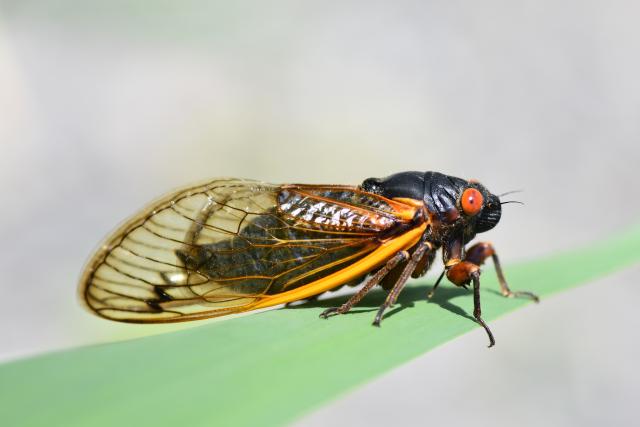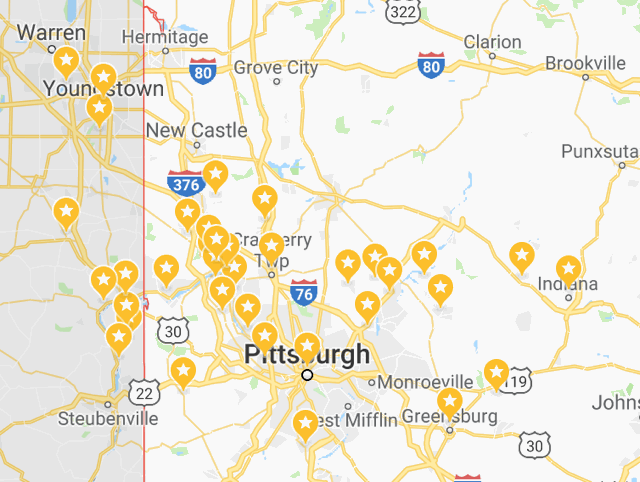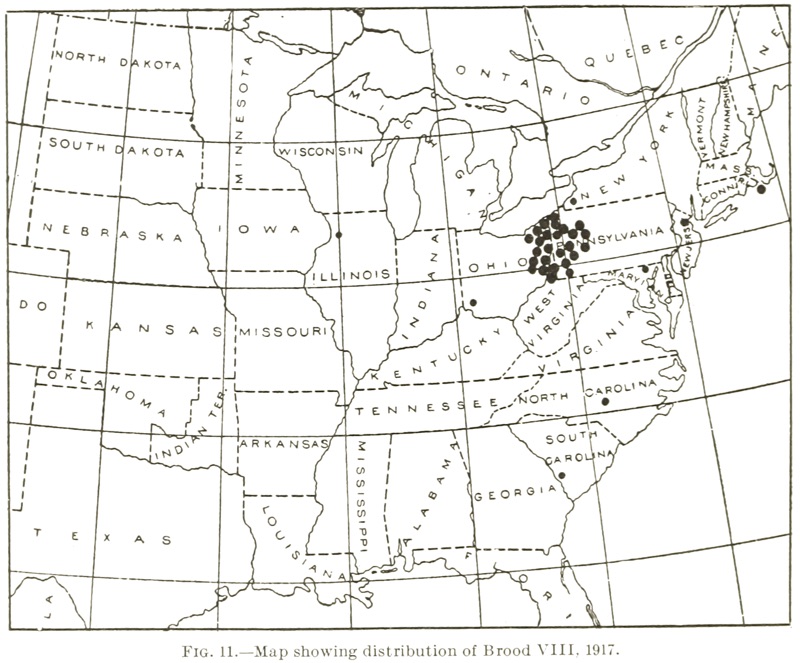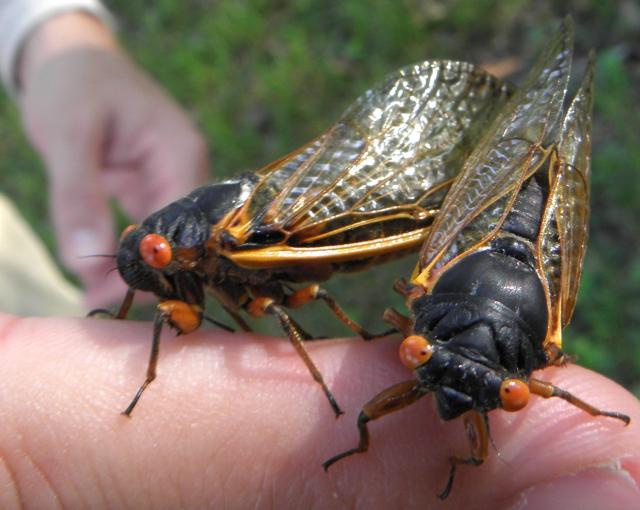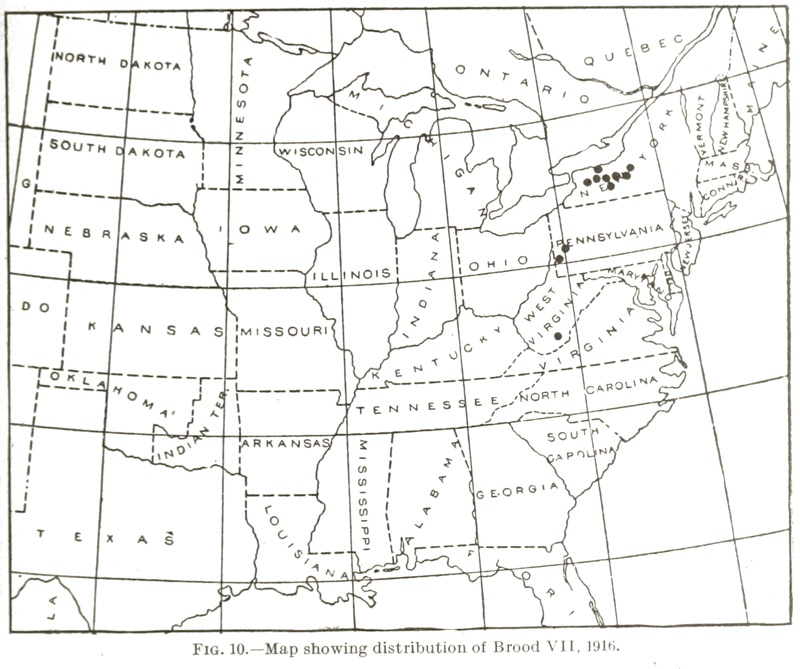
We expect some periodical cicadas to emerge earlier and later than expected this year:
- Members of Brood IV, the Kansan Brood, should emerge in IA, KS, MO, NE, OK & TX. Brood IV last emerged 4 years ago.
- Members of Brood XXIII, the Mississippi Valley Brood, should emerge in AR, IL, IN, KY, LA, MO, MS, & TN. XIX last emerged 4 years ago.
- Members of Brood X are emerging, so far in the Virginia area, but they have the potential to emerge anywhere in DE, GA, IL, IN, KY, MD, MI, NC, NJ, NY, OH, PA, TN, VA, and WV. 2-year early emergences are rare, but it happens. Brood X is expected to emerge in 2 years.
We’re getting a lot of reports from the Anacostia area of Washington D.C. and Maryland.
Here’s an example of someone Tweeting about a Brood X “straggler” on Twitter.
Cicada emergent #AnacostiaRiver pic.twitter.com/PqghrPQwVT
— Jenny M Glenn (@JMGconsult) May 10, 2019
Use the Cicada Safari App to report them.
Periodical cicadas are cicadas insects that emerge periodically, and not annually. In North America, there are 7 species of periodical cicadas, 3 of which have a 17-year lifecycle, and 4 have a 13-year lifecycle, and all 7 belong to the genus Magicicada. Here is a chart that shows where they are expected to emerge next. Magicicada regularly straggle — some emerge before or after they’re expected to.
Typically 17-year cicada stragglers emerge 4 years early, and 13-year cicada stragglers emerge 4 years late, but 1, 2 and even 8 year deviations are possible — see the probability chart.
At this point, most people question the use of the term “straggler” to define something that emerged early rather than late. If you’re uncomfortable using the term “straggler”, you can use the term “precursor” for cicadas than emerge earlier than expected. You might make up your own slang for them, like “deviant”, “pioneer” or “laggard” too.

